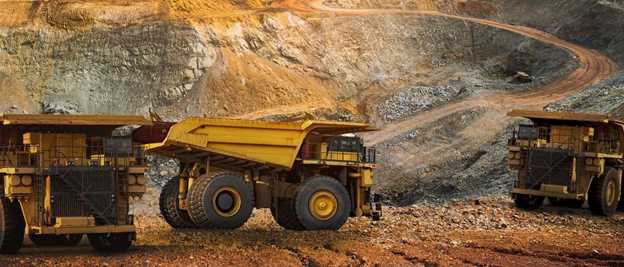The recent fusion of African Mining Week with the International Commodity Summit ripples through the local industry and all the way to Geneva, as a strategic consolidation of market influence across the extractive and trading value chain in Africa.
What this may mean for the years to come is yet to be determined as the two forces collide, and dialogues merge between the world of commodities and the world of raw material extraction.
Inside information reveals that the National Marketing Agency of South Africa, Brand South Africa, plans to establish South Africa’s dominance in global commodity supply chains. This consolidation seems to amplify the voice of South Africa, as these industries unite to combat international control.
“South Africa will become a self-sustaining nation in the next 10 years. We will make the decisions. The decisions don’t need to come from abroad,” says Hibarri CEO, Anje Kruger.
By aligning the upstream world of exploration, beneficiation, and smelter capacity with the downstream imperatives of trading houses, off-takers, and structured finance, the new joint platform positions itself as the uncontested nexus of Africa’s resource economy.
For years, mining congresses and commodity summits have operated in silos: one dominated by JORC codes, EPCM contracts, and project finance models, the other by forward curves, basis risk, and port congestion discussions. This collaboration collapses that divide. A manganese producer from the Kalahari can now negotiate supply agreements and hedging structures in the same forum where traders calibrate arbitrage opportunities and freight economics.
The impact on competitor events will be decisive. Stand-alone shows that rely solely on geological showcases or single-commodity niches risk becoming peripheral. The merged summit brings critical mass: sovereigns pitching new licensing rounds, juniors seeking offtake prepayments, rail and port authorities outlining throughput expansions, and trading desks testing appetite for blended cargoes and structured inventory plays. That level of cross-sector liquidity is nearly impossible to match in any other arena.
At its core, however, this move underscores a deeper ethos: fraternity in the resource trade. Mining does not operate in a vacuum, its viability rests on power tariffs, rail slots, refinery feedstock, and counterparty confidence. Traders depend on predictable volumes, while financiers demand bankable frameworks that hinge on regulatory certainty and inter-sector trust.
By standing together, the mining and trading fraternities amplify not only their bargaining position but also Africa’s ability to project itself into Geneva, Singapore, Dubai and Shanghai as a cohesive supply bloc rather than a fragmented collection of voices. And these symbiotic relationships are endorsed by the strengthening ties in the top line of the conferences that make them possible in the first place.



